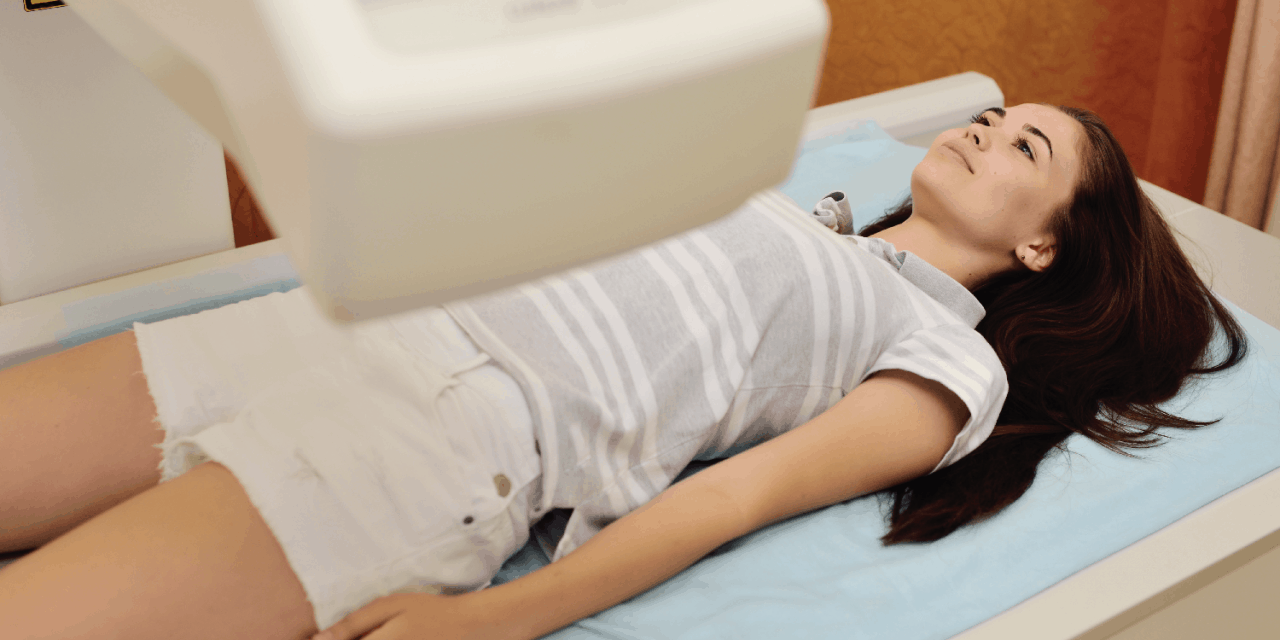For a study, researchers’ goal was to evaluate the variations in dual x-ray absorptiometry (DXA) obtained body constitution in Intensive Care Unit (ICU) survivors in the year following discharge and comparable to population controls. Utilizing the prospective obtained information differed in hip and spine DXA approximated lean and fat mass between ICU discharge and 1-year follow-up were analyzed and differentiated with age-sex-height matched controls from the Geelong Osteoporosis Study via multivariable linear regression. Furthermore, 64 participants were included, with median age 68.8 yr [IQR 60.8, 74.6], ICU length of stay 6.5 d [IQR 4, 9], and time period of mechanical ventilation 87 h [IQR 47, 143]. ICU survivors exhibited greater annual upliftments in lean (+0.92 kg; 95%CI 0.67 to 1.18, P<0.01) and fat mass (+2.50 kg, 95%CI 1.94 to 3.05; P<0.01) than controls. At 1-yr follow-up, the ICU group had lower lean mass (−0.96 kg, 95%CI -1.91 to −0.01; P=0.047) and greater fat mass (6.79 kg, 95%CI 4.55 to 9.03; P<0.001). Regularly ventilated adult ICU patients gained lean mass in the year following terrible illness but did not reach the level of matched population-based peers. Acknowledging the reasons connected with and impact of gaining muscle mass and reducing fat mass in the year after critical illness required to go through more.
Source – sciencedirect.com/science/article/abs/pii/S0883944122000727


